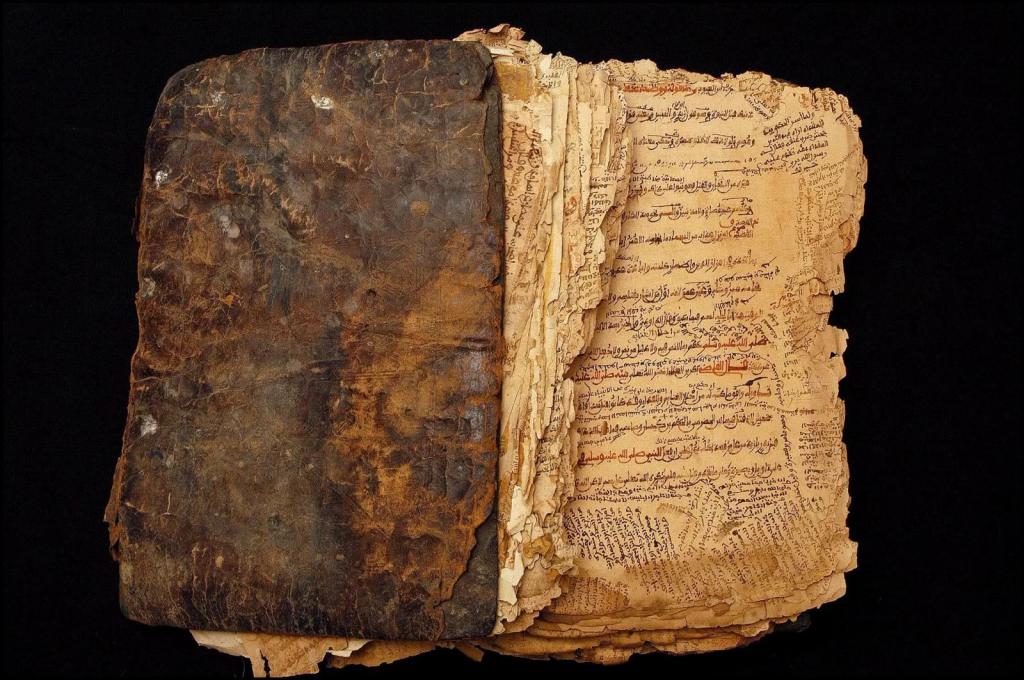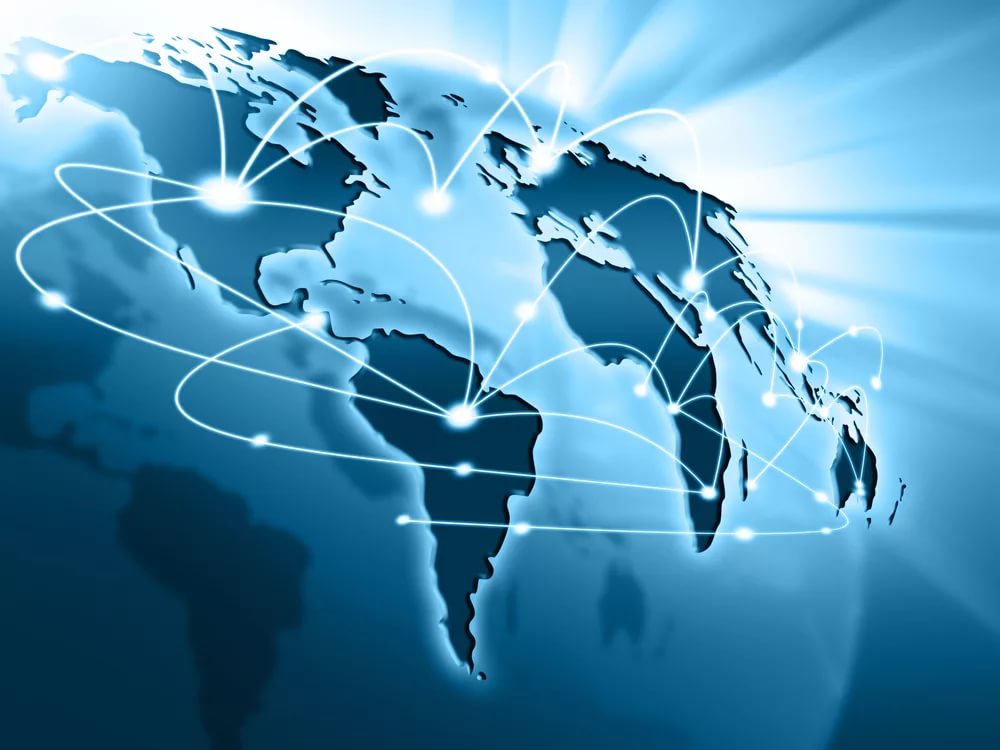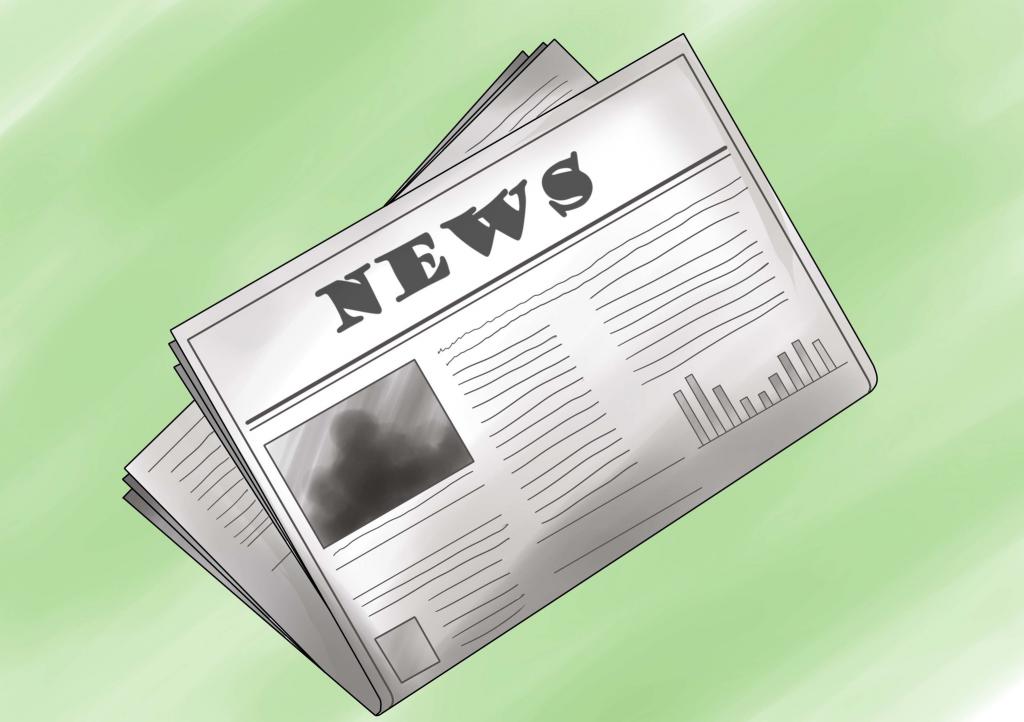Almost everyone will easily understand what the word "media" means. The concept behind the abbreviation, which stands for “the media”, has for many decades been one of the most significant tools that ensure the cultural development of society. However, they often become an instrument of sophisticated propaganda. Further, the article will disclose the concept of media, signs, forms and types of this system. In addition, we consider their impact on various areas of the population.
Definition
The concept of media is considered from the point of view of sociology and political science. In the first case, it is customary to talk about social institutions whose task is to collect information, process and analyze the data obtained, as well as their subsequent distribution. The latter at the same time has a massive scale.
As for the concept of media from the point of political science, in this case, the media act as a tool. With its help, agitation and manipulation of the population is carried out. These are official basic concepts.

The essence of the media is to convey information not to a specific person or a small group of people, but to the entire population of the globe / country / region / city.
Media Development Process
Even in the prehistoric period, humanity needed communication. Moreover, the individual himself became his means. Moreover, most often information was distributed among people by shamans, oracles and leaders. Rocks, planks, plates, etc. were used to record data. This was the origin of the first media.
Over time, they developed, messengers transmitted messages written on birch bark or paper. In the 5th century BC, the first printed publications appeared in Rome, with the help of which the population learned about certain events. There is also evidence that at the same time, leaflets began to spread in Asia, which modern scholars prefer to call the “pragasette” phenomenon.
In Europe, for a long time the concept of the media implied the so-called flying leaflets. And the impetus for the development of the system was the invention of the printing process in 1440. But the first full-fledged newspaper was published only in 1605 in Antwerp (Belgium). Beginning in 1702, England also boasted the first prints.

At this time, the first division of the press into genres took place: chronicle, pamphlets and reportage. Subsequently, journalism appeared. It has become a tool used in the socio-political sphere.
Currently, the concept of media hides a phenomenon that makes it possible to appeal to a huge number of people. At the same time, the media can systematically influence opinions in society. In the modern world, the concept of the media system is understood as a tool with the help of which the impact is likely on consumers. Scientists find it difficult to provide information regarding at what point the media ceased to simply provide people with certain information or cover events. But one thing is clear: in the modern world, the media is also a system that invents and disseminates various informational occasions in order to influence the opinions of most people.
Kinds
There are several forms of media. Both the concept and the types of media are regulated at the legislative level. The document is called the Federal Law "On Mass Media". This law is basic.It is he who regulates relations in organizing activities and disseminating the media, the interaction between the system and the population.
Types of media (and concepts, respectively):
- Printed periodicals. These include regularly published newspapers and magazines. All publications are printed using specialized equipment. Their reproduction occurs on a large scale, usually within the country. There are also regional publications containing information intended for residents of a certain region or city.
- Network editions. These are all kinds of web sites whose task is to disseminate information through the Internet. This type of media is guided by the principles of journalism. According to the Federal Law, not every site is considered a media outlet. It can be registered in that capacity only after its owners write the corresponding application.
- A television. This term refers to telecommunication technology, which is designed to transmit a moving image over long distances. In addition, the picture is accompanied by sound.
- Radio. This is a wireless method of transmitting information using electromagnetic waves, which are captured at special stations. It is characterized exclusively by sound, the image is missing.
- Book Editions. This is a block of fastened sheets containing printed material and enclosed in a binding or cover. Book editions can have any format. The circulation is limited.
- Video, film and sound recording.

These are the basic concepts of the media. But in the modern world there is a rapid development of social networks. Some scholars see them as another form of media.
Functions
The concepts and types of media are regulated at the legislative level. Based on the terms, we can conclude that the media are intended only for the collection and transmission of data on any sphere of life. This is truly the main function of the system. There are several more, and at the same time, in almost all of them, signs of a political component can be identified.
Media Functions:
- The formation of public opinion. The system is a tool that can change the direction of thinking for many people. In other words, the media have the ability to impose a point of view.
- Educational. With the help of the media, certain information is transmitted to the population, which is then formed into knowledge in people. An example is the historical television channel.
- "Duplication" of behavior patterns of subjects of the political sphere.
- Managerial. With the help of the media, you can engage a large number of people to solve a problem. A striking example is the social advertising on the roads, assuring us that you do not need to drive at high speed.
- Political Marketing. Media coverage of ideological attitudes. Typically, through the media, politicians try to influence people before the election.

Separately, it is worth mentioning the recreational function. It carries neither a political, nor ideological, nor educational component. This function of the media is aimed at relieving the stress of the population, entertaining and relaxing a large number of people.
Signs
The media have some distinctive features. Here are the signs of the media system (concepts by which it can be differentiated from other sources of certain information):
- Massiveness. Conversation with a limited circle of people is the usual transfer of data between several people. The media, on the other hand, collects and analyzes information that then goes to the entire population.
- Periodicity. Most television programs, print media, radio programs, etc., are characterized by the fact that they transmit information of a different nature 1 time in a certain period of time.For example, a fresh issue of a magazine can be purchased every month.
- Simultaneity. Information is distributed immediately to everyone. At the same time, information transmitted using a single signal source is immediately perceived by a huge audience.
Signs of the media include the fact that they disseminate information through certain mechanisms. These include: sale, delivery, subscription, broadcasting, distribution.
Censorship
The functioning of the media is based on the principle of freedom. It is also regulated by applicable law. The guarantee of freedom of the media is the rule of censorship. In other words, authorized persons should not preliminarily agree and impose a ban on certain materials.
It is important to understand that media freedom cannot be unlimited. The Federal Law clearly regulates cases when the use of the media is unacceptable:
- Committing acts involving criminal liability.
- Disclosure of data that is a state secret.
- The implementation of extremist activities.
- Distribution of materials promoting the cult of cruelty and violence, as well as pornography.

At the legislative level, it is forbidden to use designations related to special media. This is due to the fact that hidden inserts and special texts can affect a large number of people at a subconscious level. In addition, some people feel worse when they receive such information.
Features of information coverage
What is included in the concept of the media has a large number of channels. For example, print media are magazines, newspapers, and other periodicals. They can be distributed both in a particular region and around the world. Each of these subsystems has its own specific features and functions.
Information in print media is perceived by people without the help of additional tools. Everyone can study materials both deeply and superficially. At the same time, he can put the newspaper aside and set a goal to study the text later, but with great attention.
A feature of broadcasting is its efficiency. In other words, information can be transmitted in real time. Initially, only voice messages sounded on the radio. In the modern world, all types of sounds are transmitted.
Broadcasting also allows the transmission of information, images and sounds in real time. As the editing progressed, pre-shot and edited materials began to go on the air more and more often. Broadcasting has a feature called coercion. This means that the viewer is not able to postpone the time of the show, to change the duration of the film or transmission.
Role in society
In the modern world, the social activity of each person is of no small importance. Media play a role in its formation. Thanks to this, a number of tasks of a social, economic and political nature are being successfully solved.
This is the concept and essence of the media. The media are a powerful tool that influences people's opinions and their psycho-emotional state. That is, the media can effectively persuade.

Currently, the media have a significant impact on personality formation. At the same time, the vast majority of the population trusts information transmitted via television. The Internet is only slightly inferior to it. However, judging by the forecasts, in the coming years, almost all people on the globe will seek information exclusively on the World Wide Web. At the same time, the degree of media activity efficiency directly depends on the needs of the population.
Role in modern culture
Every journalist should be not only a carrier of information.He is obliged to distribute it in accordance with the requirements of the artistic word. So it was until about the middle of the twentieth century.
Gradually, the requirements for journalists became less stringent. A vivid example is the television and radio hosts, who can not always express their thoughts correctly and correctly. Classical journalism is fading into the background, media are increasingly reporting on short-term sensations in order to increase their ratings. But as a result, society completely ceases to respond to cultural events.
Examples are talk shows and television shows with celebrities. They only illuminate the everyday life of people, while designed for a wide audience. The person who watches the program tries on a pattern of behavior of celebrities or strangers. But at the same time, he does not get cultural education and does not receive valuable information for himself.

Thus, most of the tools of modern media do not fulfill their main purpose. The activities of most media are aimed at manipulating a huge number of people.
Finally
The media is a powerful tool for influencing a large audience. If we are talking about television or radio broadcasting, then this happens simultaneously. With the help of information that is transmitted through a tool, it is possible to influence the opinion of a large number of people. The media is based on the principle of freedom. However, it is not unlimited and is regulated at the legislative level. With the help of the media, it is forbidden to carry out criminal and extremist activities, as well as distribute pornographic or cruel materials.
